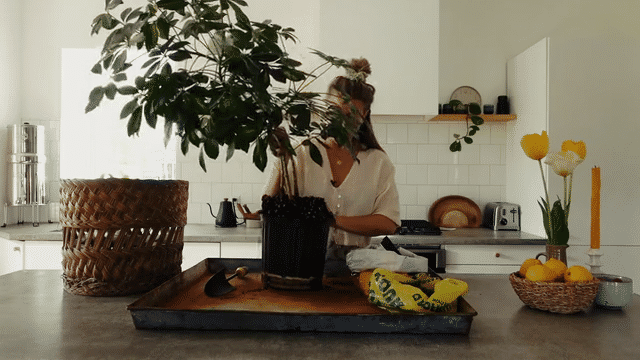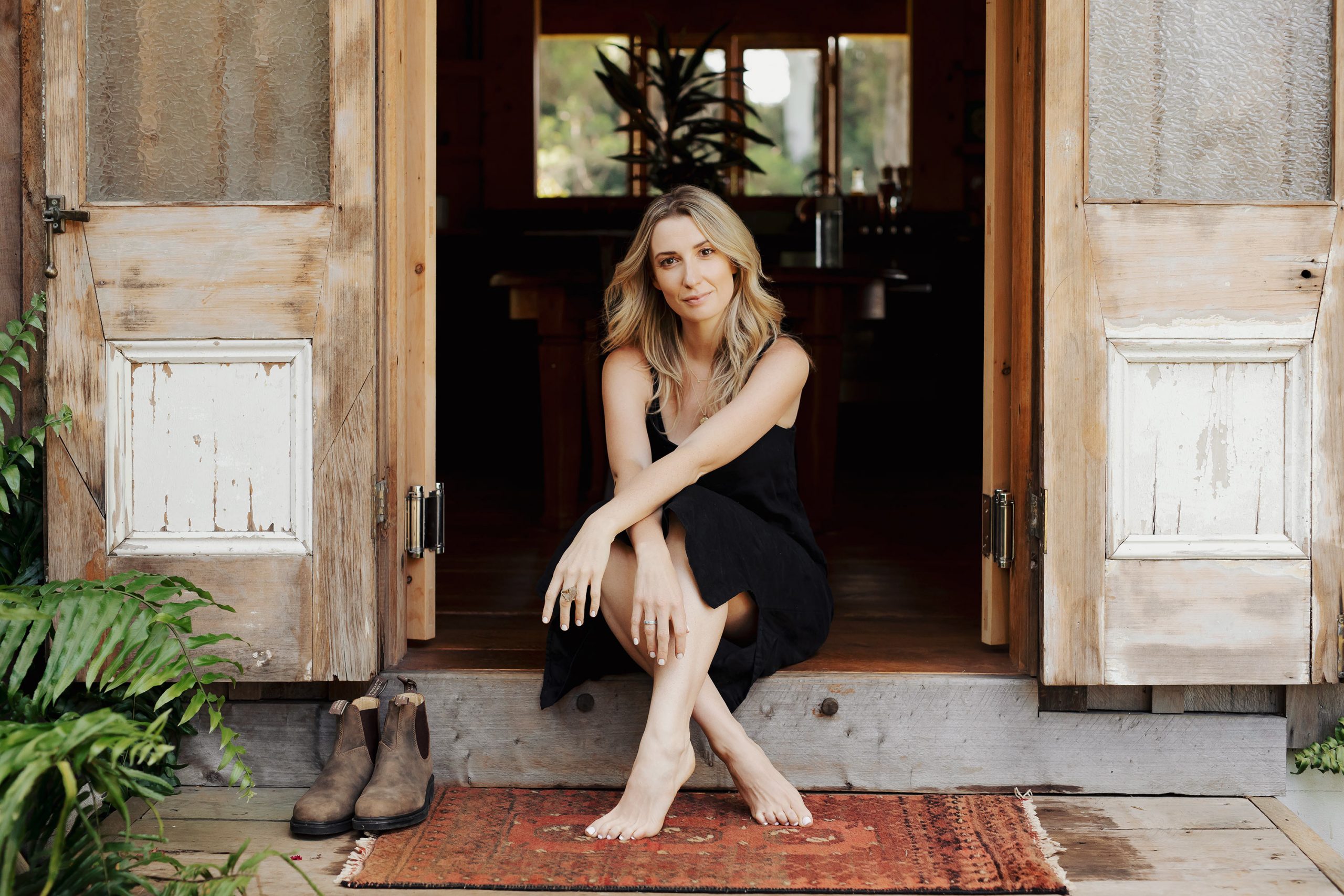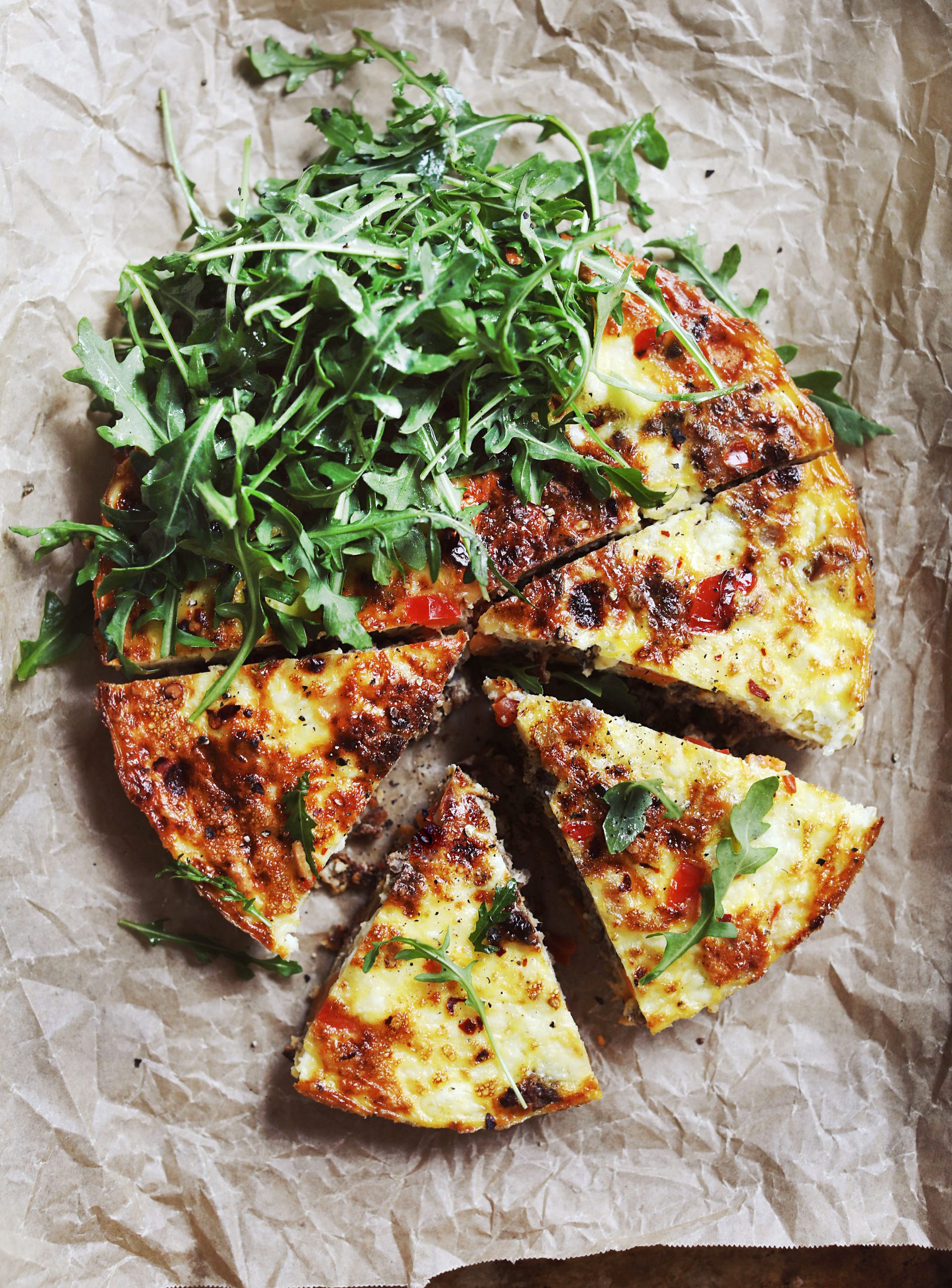Raised beds can be a beautiful and functional addition to your garden. Great for veggies, herbs, edible flowers, cut flowers, berries, and more, they allow you a little more control and ease in your growing. In this video my husband and I walk you through the process to build your own bed and below you’ll find the written materials and instructions that we used to build our beds!
Happy building and happy growing!

To access the videos and podcasts, please upgrade your membership
Raised Garden Bed
Materials
- 9 boards of the size you’d like — boards used here are 1x6x8 1 inch thickness, 6, inch height and 8 feet long. Make sure they’re all the same size!
- 2 8-foot long 2×4 inch studs there will be a bit left over. Note: you use this principle for any garden bed with a 1:2 ratio between ends and sides ie. 6×3, 2×4 and the ratio of course works for both meters and feet.
- 100 screws for outdoor use you’ll use approx. 60 screws
- Compost soil for topping the garden bed. Amount depends on the size of bed just ask at your garden center. If you have your own compost, even better!
Equipment
- Shovel
- Handsaw
- Level
- Electrical drill/driver (you can also use a hand screwdriver)
- Measuring tape
- Pencil for marking (or use a screw to scratch a line 🙂 )
- Optional tools:
- Builder’s square
- Clamps (if you are two working together, you don’t need clamps)
- Hammer, stakes and string to outline the bed
Directions
- Buying lumber: when picking out the lumber, make sure to inspect each board and stud to check that it is not warped, bent or damaged.
- Prepare the area: measure where you want the bed. You can use stakes and string to get a sense of the size.
- If you’re placing the bed in a lawn, dig out the grass and turn the turf upside down so the grass is facing downwards.
- Dig down in the four corners where your posts will sit.
- Double check measurements and check that your outline is square. You do this by measuring diagonally from all corners. If the diagonals are the same length, your bed is square (meaning not a “leaning rectangle”)
- Lay out the boards on the ground – 6 are for the sides and 3 will be cut in half to make the 6 end pieces.
- Measure the height of the side boards next to each other. That is the height of your bed. If you dig down for the corner posts, your corner posts will have to be longer than that. Here, we add about 8 inches / 20 cm to the height of the bed so we have enough length of the corner post to get it planted in the ground.
- If you are making the bed on a flat surface, simply cut the 8 foot long stud into four 2 foot pieces.
- Then take three boards and cut them in half so you get 6 end pieces
- In this video, we also cut a piece off the sides because the 8 feet was a bit too long for the space.
- Place one of the corner pieces in a corner hole and measure where the bottom board will start. Mark this spot.
- Place a side board on the corner post lining up with the mark that shows the ground level. The side board has to overlap by the thickness of a board so that it covers the end board. Measure the thickness of the side board or simply use a piece of board to make sure the board overlap is right.
- Use two screws to fasten the side board to a post in each end
- Place the board with the posts attached and make sure that that the spacing to other beds, fences etc is right.
- Now line up and end board with side board and attach it to the corner post with two screws
- This L-shape will now support itself so you can check that it is level. Put soil around and under the end posts to ensure that the side board is completely level (the bible should be in the middle of the level)
- Then make another side with two end posts. Remember the overlap.
- Place the long side with the posts attached in position and attach it to the end board with two screws, ensuring that both sides are level.
- Then screw on the other end board after checking that all sides are level.
- You now have a one board high frame and can attach the remaining side and end boards
- When you’re done with the side and end boards saw off the tops of the corner posts that re sticking up
- Cut two pieces of the second 2×4 stud to a length of the 3 boards and attach these with screws to middle of the sides. This keeps the sides from bending when you add soil.
- Now, distribute the grass turf inside the bed, making sure the grass is facing down. You can also cut the grass off each piece so roots and top are separated
- Then add a soil mix or compost on top to plant in and you’re done!
- Keep on top of weeding in the beginning so the turf on the bottom doesn’t get any light. With the time, the grass turf below will become compost itself.
- If you make several beds next to each other, you can fill the space in between with mulch, gravel, flagstones, or simply leave grass in between.
Notes
When you get the boards you’ll notice that they’re actually 1/4 inch less in thickness and width and this is because their size is measured before their final milling. Makes no sense but that’s the way it is :)In this video we use basic construction grade pine boards. You can use more expensive wood like cedar, which will last longer when exposed to soil and water. You can also line the beds on the inside to prevent them from rotting, however we chose to not use a plastic liner in this case. You can make this bed cheaper and easier by having 1 board height. In that case you only need three boards and one 2×4 stud.



